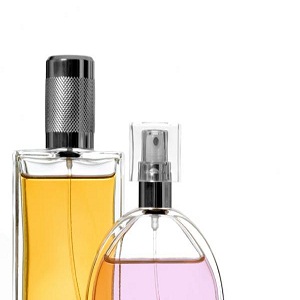How to Prevent Winter Allergies
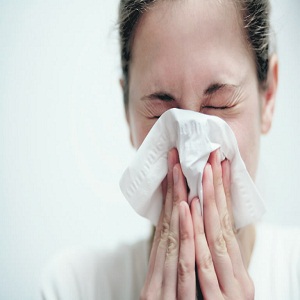
An allergy is our body’s response to any foreign substance that it does not accept. It develops responses like runny nose, cough, teary eyes and fever. Allergies are not confined to summers and spring. Winters are equally risky because there are many allergy sources inside the house. Many of us confuse common cold with allergies and treat it mildly, despite suffering miserably from the symptoms.
It is very important that you find out what is your body allergic to and the reason behind the persistent cough, runny nose and watery eyes. When you know the reasons, it will be easier to prevent the allergy which is better than treating it after it has attacked you. Learn more with our step by step guide.
Instructions
-
1
Find the source:
You have to determine the source of your allergy. Winter allergies have three sources:
Mold:
Mold grows in moist spaces, garbage and left over food. It spread through spores and these spores are one reason for winter allergies.
Dust mites:
The sources of this allergy are things we hold dear during the winter; Rugs, bedding, soft toys and long-stored woolen clothing. Dust mites thrive on dead skin flakes shed by human and animals.
Pet allergens:
Pet dander, urine and saliva are also sources of allergy. pet skin flakes also encourage dust mites.
Once you determine what is your body allergic to, only then can you develop a prevention system.

-
2
Reducing the dust:
Wash your pillow covers, bed sheets and blankets at least twice a month in hot water which will kill dust mites. Take the covers and rugs out for airing them once in a month. Vacuum daily to reduce the dust level and molds. Use a vacuum with High Efficiency Particulate Air (HEPA) feature which removes dust and mold particles.
Allergy proof pillow covers and bed spreads are also available in the market.
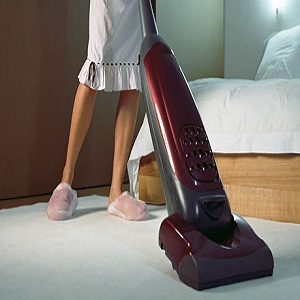
-
3
Discourage mold:
Mold develops most in the kitchen and the bathroom. Vacuum there regularly. Clean behind shelves and under furniture. Do not let food rot in the kitchen. A thorough cleaning will help you get rid of mold. Mold cleaners are readily available in liquid bottle and spray form.
-
4
Air quality:
Install a dehumidifier inside the house and set it to 50%. This will reduce the level of humidity and discourage spread of mold or dust mites. Invest in an High Efficiency Particulate Air (HEPA) air cleaner that will discharge the dust and mold particles from your house and maintain it regularly. Avoid smoking inside the house. Open up the windows during the day and improve the house ventilation.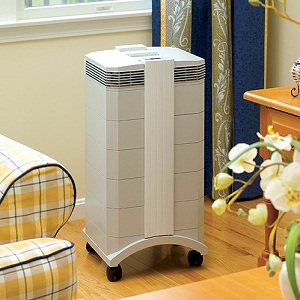
-
5
Pets:
Avoid being too close to your pet if you have observed that the fur or contact makes you allergic subsequently. Clean and bathe your pets frequently.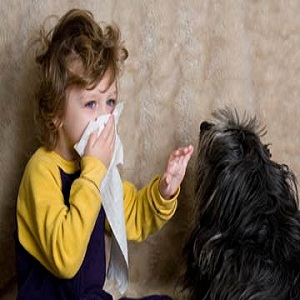
-
6
Smell:
If you are allergic to some specific perfume smell, keep it out of the house. Request family members to avoid using that particular scent because it triggers allergic reactions.
